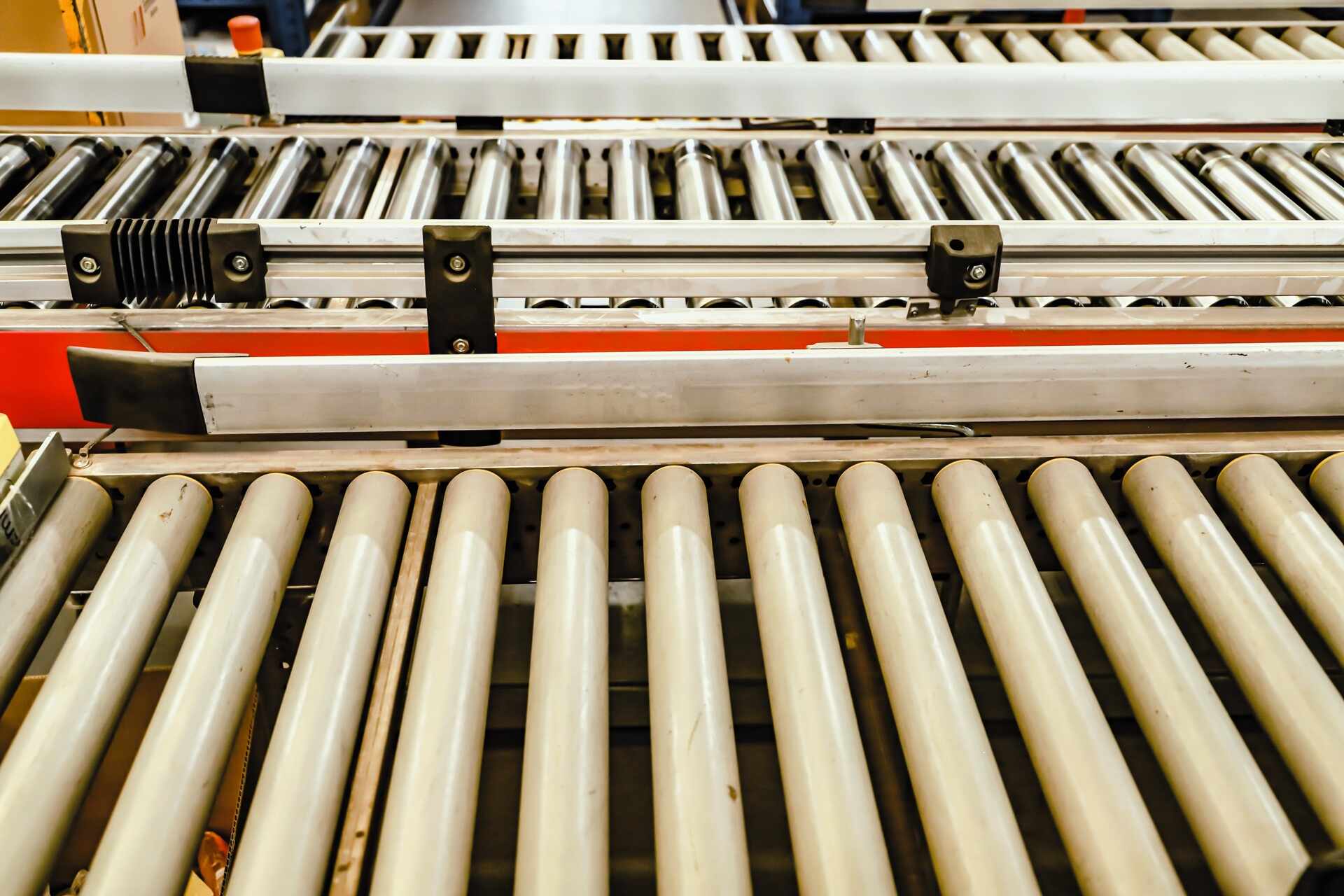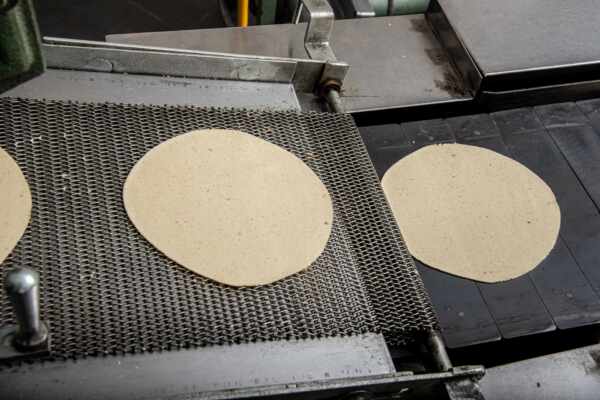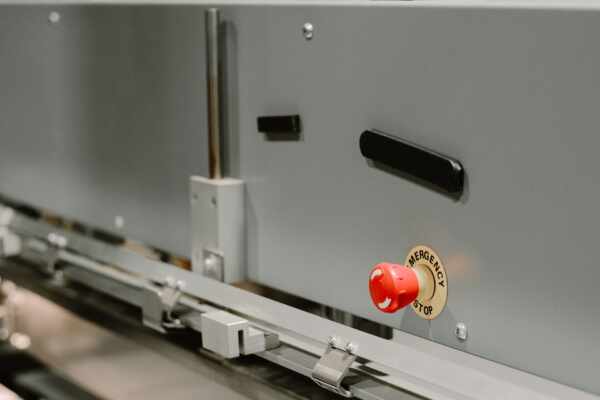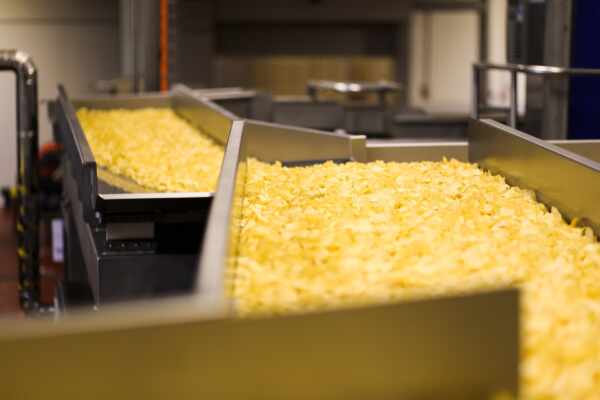With the ever-increasing emphasis on sustainability and the need to minimise operational costs across various industries, energy efficiency has become a top priority for many businesses. Conveyor systems, which play a crucial role in the material handling processes across industries such as food manufacturing, packaging, and mining, can significantly impact your facility’s energy consumption and overall efficiency. As conveyor system specialists, we are dedicated to helping our clients optimise energy efficiency in their material handling processes, enabling them to reduce operating costs, improve sustainability, and enhance overall performance.
At Change Parts Pty Ltd, we are committed to being a trusted partner for our clients, providing them with the knowledge, resources, and support they need to optimise energy efficiency in their conveyor systems. So, join us as we delve into the world of energy-efficient conveyor systems and discover how working with Change Parts Pty Ltd can help your business reduce its operational costs and environmental footprint while maintaining a reputation for excellence in material handling and productivity.
Energy Efficiency in Conveyor Systems: Tips and Strategies for Minimising Operating Costs
1. Selecting Energy-Efficient Conveyor Components
One of the most effective ways to improve energy efficiency in conveyor systems is to opt for energy-efficient components. Some key elements to consider include:
– Motors: Investing in energy-efficient motors, such as premium-efficiency motors, can significantly reduce energy consumption. Look for motors with a high-efficiency rating, ensuring they operate near their optimal efficiency point, especially during peak power demand.
– Drives: Utilising variable frequency drives (VFDs) or variable speed drives (VSDs) allows your conveyor system to operate at the most efficient speed for the current material load, thereby reducing energy consumption.
– Rollers and Bearings: High-quality, low-friction rollers and bearings can minimise energy losses, enabling the system to operate more efficiently. Opt for components with low rolling resistance, high lubrication quality, and extended service life.
2. Incorporating Intelligent Control Systems and Drives
Intelligent control systems, such as programmable logic controllers (PLCs) and automation technologies, can further enhance the efficiency of your conveyor system. These systems can:
– Monitor and analyse your conveyor system’s real-time performance data.
– Adjust motor speeds and power consumption according to material load and operating conditions.
– Optimise start-up and shut-down sequences to reduce energy waste during non-productive periods.
Integrating advanced drives and control systems into your conveyor system not only boosts energy efficiency but also improves overall system performance and reliability.
3. Optimising Operational and Maintenance Practices
Implementing efficient operational and maintenance practices also plays a critical role in enhancing energy efficiency in conveyor systems. Consider the following strategies:
– Regular Inspections and Preventive Maintenance: Consistently inspect and maintain your conveyor system to ensure optimal performance. Address any mechanical or electrical issues promptly to minimise energy wastage through excessive friction or faulty components.
– Optimal System Loading and Balancing: Ensure that your conveyor system consistently operates at optimal load capacity and distributes weight evenly, preventing energy waste caused by unnecessary stoppages or excessive wear.
– Training and Awareness: Empower your staff with regular training on operational best practices, emphasising the importance of energy conservation and providing them with guidelines on how to reduce energy waste during daily operations.
4. Strategic System Design and Layout
The design and layout of your conveyor system can also significantly influence energy efficiency. To maximise efficiency, consider the following:
– Utilise energy-efficient conveyor configurations, such as inclined conveyors, which require less energy to move products uphill compared to horizontal systems.
– Minimise system length, unnecessary curves, and the overall complexity of the conveyor layout. Doing so reduces frictional losses and the energy required to operate the system.
– Incorporate energy recovery systems, such as regenerative braking systems, to capture and repurpose energy usually lost during deceleration.
By effectively designing your conveyor system with energy efficiency in mind, you can significantly reduce energy consumption while maintaining optimal material handling performance.
Conclusion
Improving energy efficiency in conveyor systems is essential for reducing operating costs and enhancing sustainability in a variety of industries. By selecting energy-efficient conveyor components, incorporating intelligent control systems and drives, optimising operational and maintenance practices, and strategically designing your system layout, you can significantly reduce energy consumption and costs in your material handling processes.
We understand the importance of energy efficiency in conveyor systems and are committed to helping our clients achieve their energy-saving goals. Contact Change Parts Pty Ltd today to learn more about our range of energy-efficient conveyor solutions and how we can support you in optimising the performance and efficiency of your conveyor system. Together, we can achieve a greener, more cost-effective future for your business.




